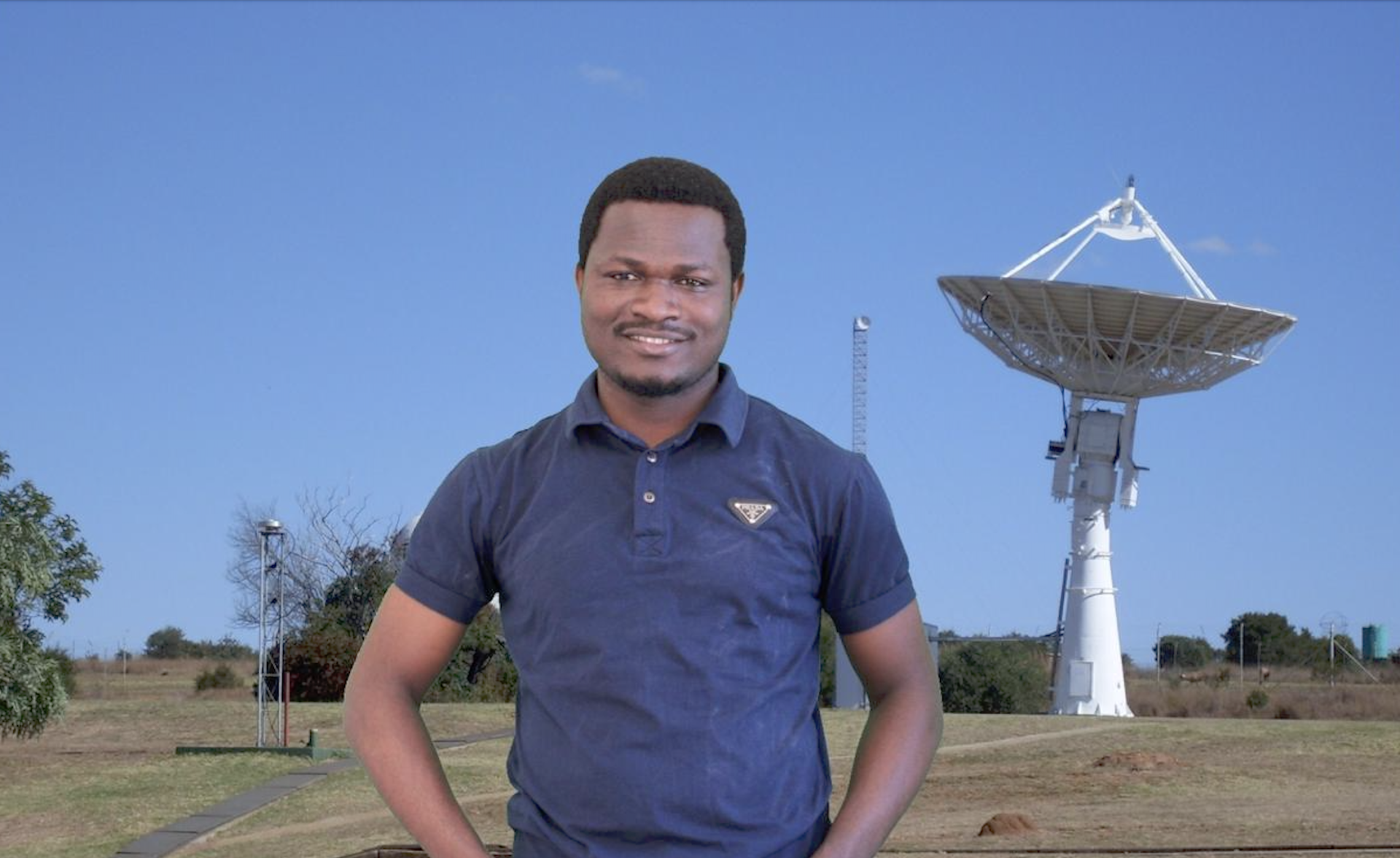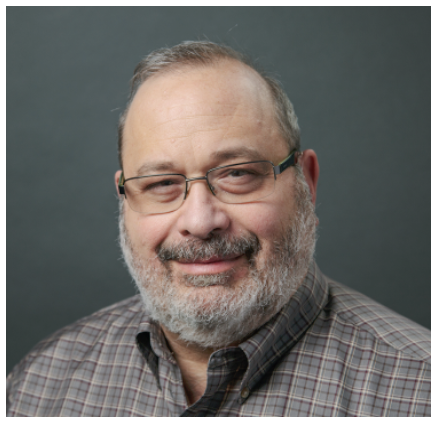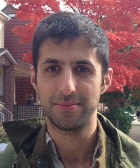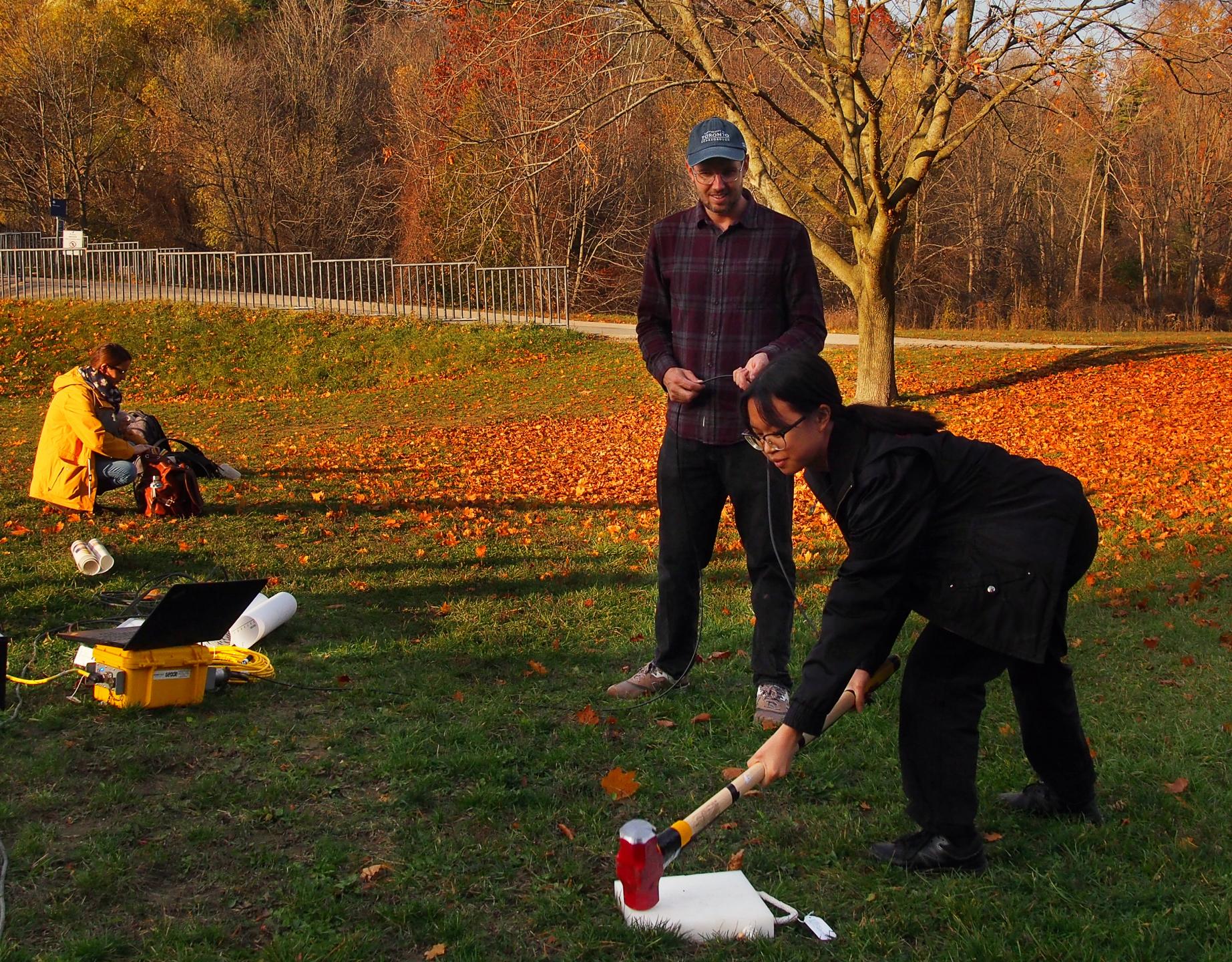
2024 Events
|
Visit from Dr. Joshua Guerrero Institute of Earth Sciences, Academia Sinica, Taiwan. March 1st, 4:00pm, 2024. Venue: EV140
Does thermal conductivity matter for the long-term evolution of the Earth's mantle and the dense blobs it contains?. Earth's deep mantle hosts large-scale structures whose origin, characteristics, and fate are uncovered by advances in tomographic modelling, geochemical analysis, measurements of mantle mineral properties under extreme conditions, and novel methods in mantle convection modelling. Seismic tomography revealed that these deep mantle structures, dubbed large low shear velocity provinces (LLSVPs), are likely enriched in iron-bearing minerals, making them denser than the surrounding ambient mantle (establishing a stabilizing negative buoyancy). A distinct geochemical signature observed in ocean-island volcanic rock is thought to be sourced from the deep mantle, which indicates that LLSVPs may be candidates for a primordial reservoir enriched in heat-producing (radioactive) elements (promoting a destabilizing positive buoyancy). Using conductivity measurements from upper and lower mantle minerals, I ultilize a novel parametrized depth-, temperature-, and composition-dependent thermal conductivity model. With thermochemical mantle convection models, In this talk, I demonstrate how the thermal state and total buoyancy of primordial reservoirs (as an analogue for LLSVPs) are influenced by a dynamically responsive and (spatially, thermally, and compositionally) heterogeneous thermal conductivity field. |
Visit from Dr. Erkan Gun
Department of Earth Sciences, University of Toronto.
February 2nd, 4:00pm, 2024. Venue: EV140
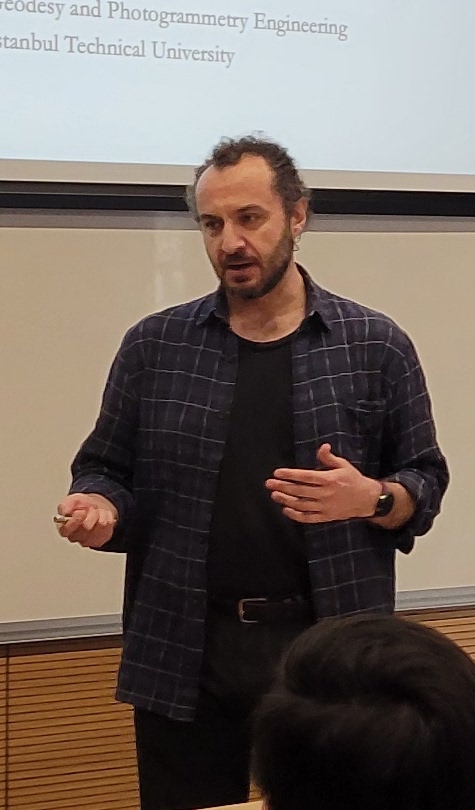
Syn-Drift Extensional Plate Tectonics and the Subduction Pulley.
The theory of plate tectonics considers Earth’s outer layer (the lithosphere) not as a single spherical surface but as several major tectonic plates that are constantly drifting and interacting with each other along the plate boundaries. Although it is well recognized that tectonic boundaries are the main locations for lithospheric deformation, oceanic plates are considered mostly rigid and resistant to intraplate deformation, being damaged only along the subduction plate boundaries. However, evidence from Tethyan orogenic belts (Western Alps and Anatolia) and the Pacific Ocean indicates that the anomalously thick crustal regions of oceanic plates, namely continental or oceanic terranes, may be prone to tectonic deformation during plate drift (syn-drift). Numerical geodynamic experiments show that terranes (microcontinents and oceanic plateaux) can undergo notable extensional deformation during plate drift owing to the pull from sinking (subducting) oceanic slabs. Findings suggest that strong ocean lithosphere is efficient at transmitting slab-pull-related tensile stress through a “subduction pulley” over very long distances (>1000 km), and weak terranes can be effectively damaged at their remote locations from plate boundaries. Based on petrologic evidence and quantitative models, such a subduction pulley process seems to have induced pre-collisional extension of microcontinental terranes in the Alpine-Tethys system. In addition, such geodynamics may be active on the Pacific plate, with the deep subduction in the Western Pacific driving syn-drift extension of a series of distant ocean plateaux spanning the plate. Overall, the research discovers a new extensional tectonics mechanism that manifests in microcontinents and oceanic plateaux that has not been discovered before.
|
Visit from Dr. Taiwo Ojo Department of Physical and Environmental Sciences, University of Toronto.
February 2nd, 4:00pm, 2024. Venue: EV140
Nighttime thermospheric neutral winds over the mid-latitude. Motion of neutral gases in the thermospheric region of the upper atmosphere is defined as the thermospheric neutral wind. Thermospheric neutral winds have an important role in the dynamics of the F-region ionosphere. These winds are important drivers of various dynamics in the ionosphere (the charged region of the Earth’s atmosphere). General variations of these winds were studied using different ground-based instruments such as a Fabry Perot interferometer (FPI), located in the Southern Africa. This FPI measures the nighttime oxygen airglow emission at 630.0 nm, which has a peak intensity at an altitude of roughly 250 km. These analyses were crucial in the validation of various global wind models, as well as for understanding different contributing factors to wind dynamics. |
2022 - 2023 Events
Visit from Professor Qinya Liu
Departments of Physics and Earth Sciences, University of Toronto.
November 24th, 2023 4:00pm. Venue: Room AA160 (New Council Chamber)
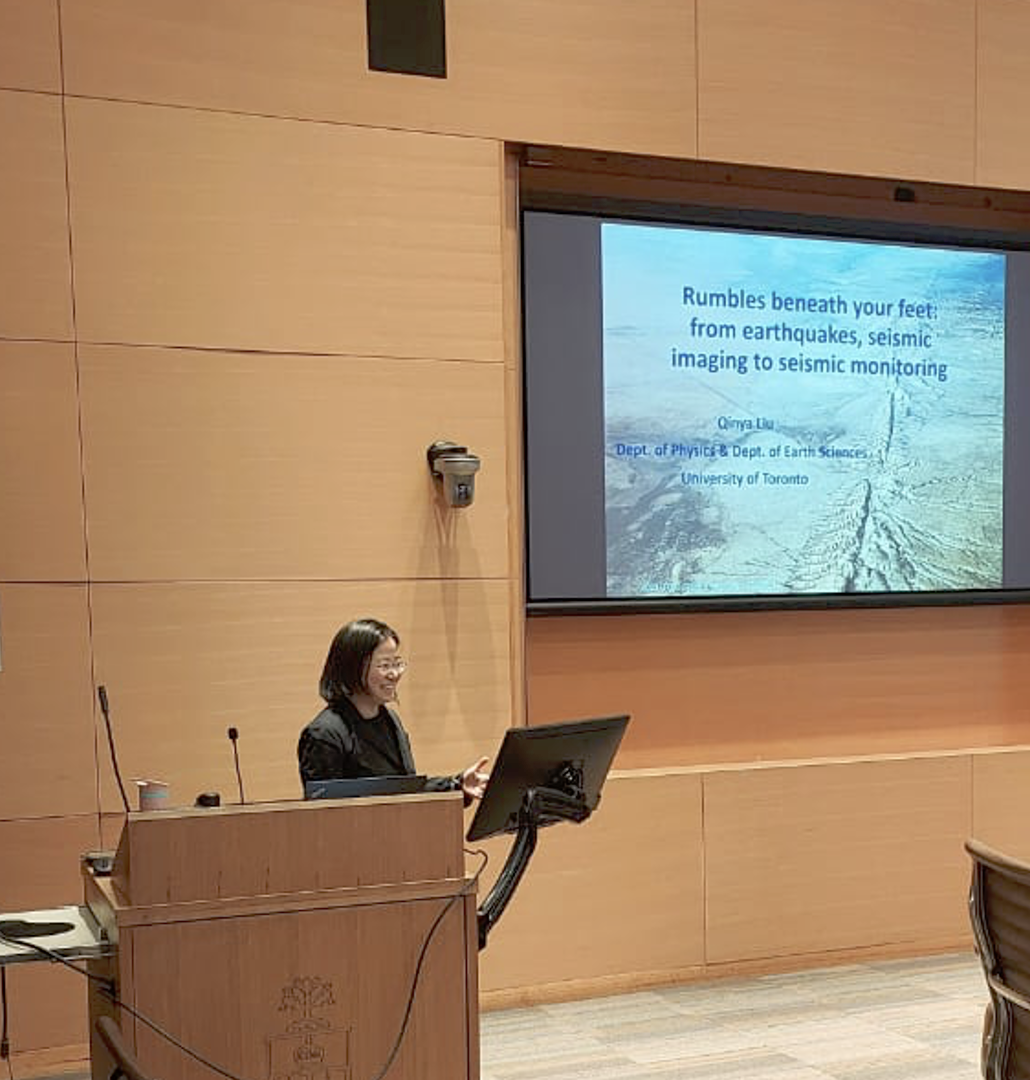
Rumbles beneath your feet: earthquakes, from seismic imaging to seismic monitoring
Earthquakes are one of the most powerful and destructive natural phenomena occurring on our planet. Widespread devastation can result from violent ground motion caused by seismic waves and other related phenomena such as tsunamis, landslides and volcanic eruptions. Understanding the mechanism and physics of earthquakes is critical for seismic hazard assessment and mitigation. On the other hand, seismic waves generated from earthquakes and other sources have been used as an indirect tool to explore the Earth's interior,which has significantly advanced our understanding of the Earth's tectonic history and played a critical role in resource exploration. In this talk, we will also examine some fascinating applications of seismic waves from tectonics, and resource exploration to subsurface monitoring.
|
Visit from Professor Scott D. King Virginia Tech, USA September 27, 2023, 4:00pm.
What’s Shakin’ on Mars?
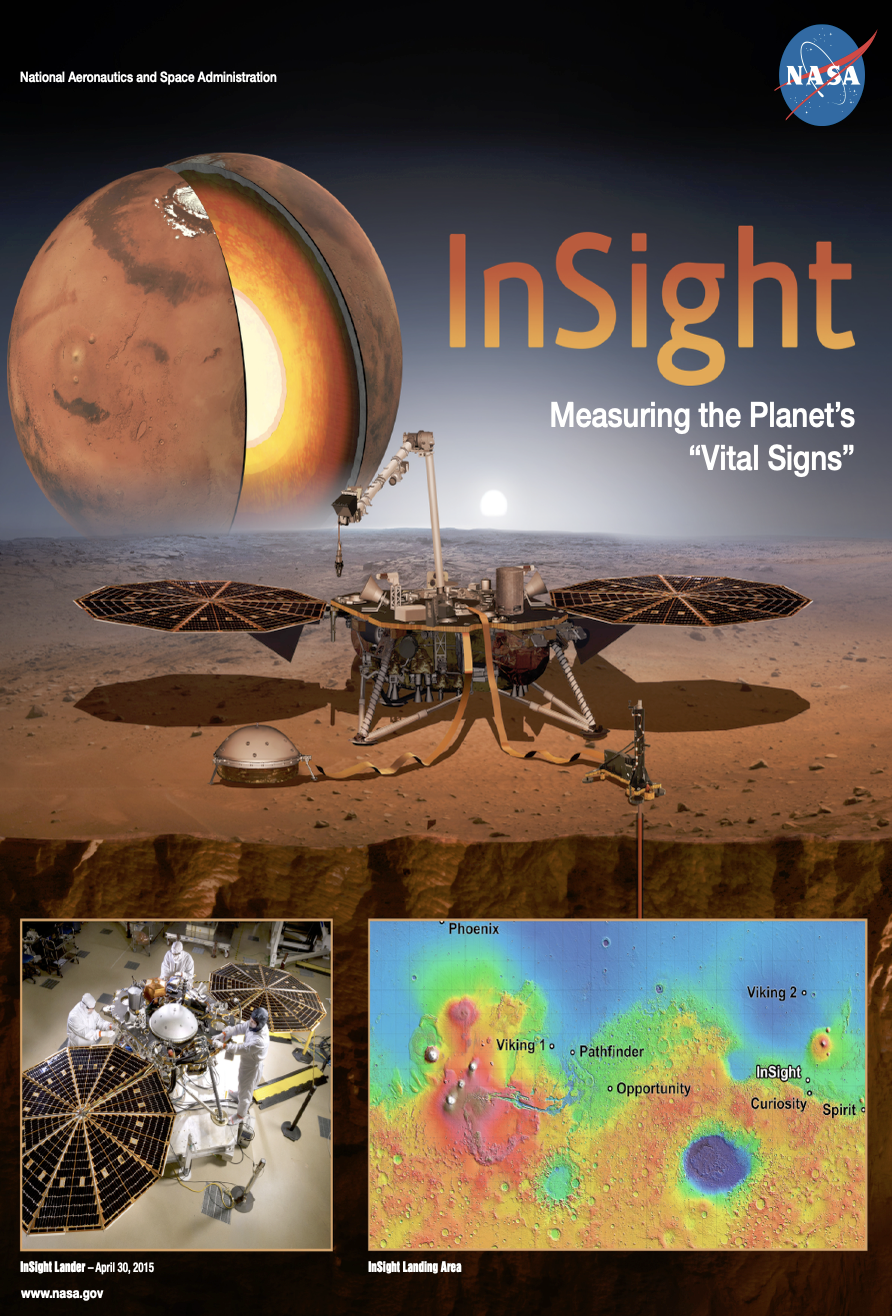 The NASA InSight spacecraft operated on the surface of Mars for four Earth years focusing on the exploration of the deep interior of the planet. The three core experiments from the mission were SEIS (Seismic Experiment for Interior Structure), a six-sensor, broad-band seismic instrument; HP3 (Heat flow and Physical Properties Package), a probe intended to measure the ground temperature/gradient, thermal conductivity, and mechanical properties from the surface to 5 m depth; and RISE (Rotation and Interior Structure Experiment), a geodetic planetary rotation investigation tracking the location of the spacecraft to sub-decimeter-scale precision. SEIS detected more than 1,000 seismic and impact events and the science team has used this data to constrain the structure of the crust and the depth to the iron core. The HP3 probe encountered difficulty and did not yet reach the target 5-meter depth, yet was able to measure the thermal conductivity. In this talk I will highlight some key results from the mission and describe the challenges of doing planetary geophysics robotically on another planet.
|
 Walk the rocks: a short stroll through 3 billion years of Earth history |
|
Visit from Professor Neil Tandon York University March 24, 4:00pm, 2023, EV140
Building Confidence in Regional Projections of Extreme Precipitation With rising temperatures, models and observations have shown increasing extreme precipitation intensity over most of the globe. This correspondence follows from basic thermodynamic principles: as atmospheric temperature increases, the equilibrium vapour pressure of water also increases in accordance with the Clausius-Clapeyron equation, which means that there is more atmospheric moisture available to form precipitation. Regionally, however, changes in dynamics—specifically vertical velocity of air—can act to greatly amplify or completely oppose the extreme precipitation increase expected from thermodynamic principles. Thus, building confidence in regional projections of extreme precipitation intensity requires understanding the reasons for changes in vertical velocity during extreme precipitation events, referred to as “extreme ascent.” In this talk, I will go over recent and current efforts to understand long-term changes in extreme ascent and challenges with accurately modelling extreme ascent. I will include analysis of global climate models (GCMs) as well as results from high-resolution regional simulations and discuss the trade-offs with each approach. Past studies based on analysis of GCM output have suggested a variety of reasons for changes in extreme ascent, and my group has been performing controlled experiments with regional models to try to clarify matters. These experiments suggest that a horizontal transport process called “differential vorticity advection” plays a key role in driving extreme ascent changes, but important questions remain about the influence of convective parameterization (model approximations of small-scale convection). Thus, future efforts to build confidence in projections of extreme precipitation will likely require improvements to convective parameterization. Alongside these efforts, increases in computational capability will allow greater usage of global convection-resolving models that do not require convective parameterization.
|
|
CRESS 2022 student project presentations January 27, 4:00pm, 2023. EV140 Summer undergraduate research project supervision is central to CRESS's mission. Please join us to hear brief summaries of the work done and experience gained by last year's CRESS sponsored undergraduate research students. The event will also introduce the projects on offer for 2023 with information on how to apply to work on these projects.
|
|
Stop! Hammer Time: Using Geophysics to Investigate the Rocks Below UTSC.
Guest demonstrator, DPES technician, Thomas Meulendyk will present: |
|
Special Event, September 2022 Rock Walk with UTSC's own, Professor Nick Eyles 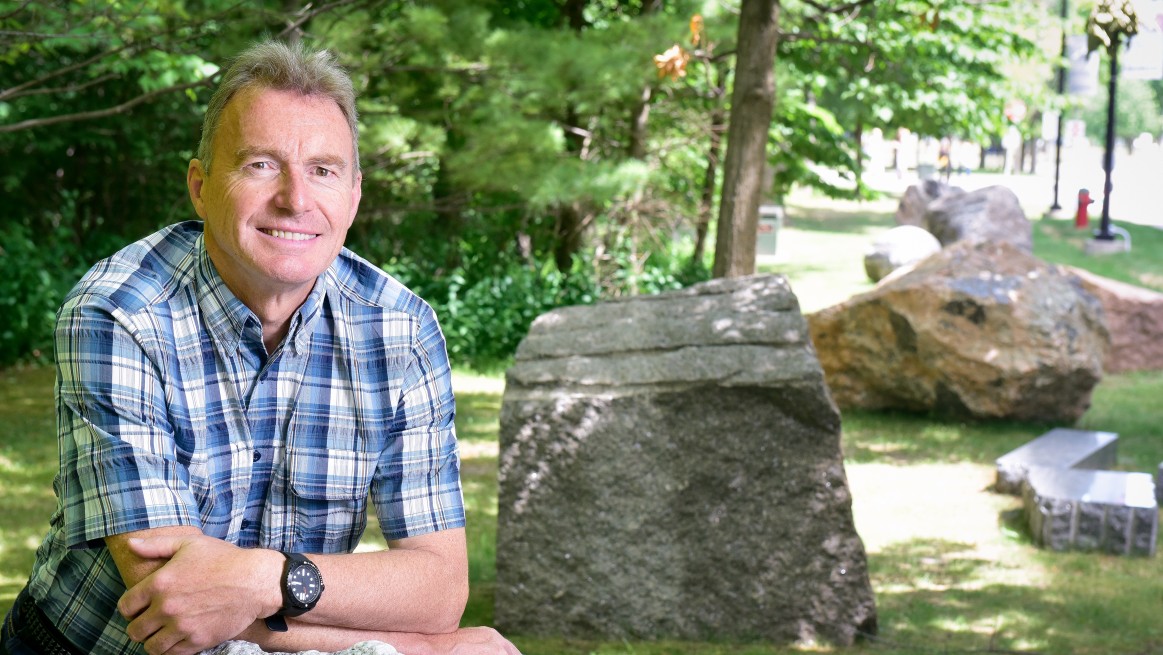 |
|
Professor David Evans visit May 26, 2022 CRESS hosted guest speaker Professor David Evans of the University of Durham, UK, for his talk on: 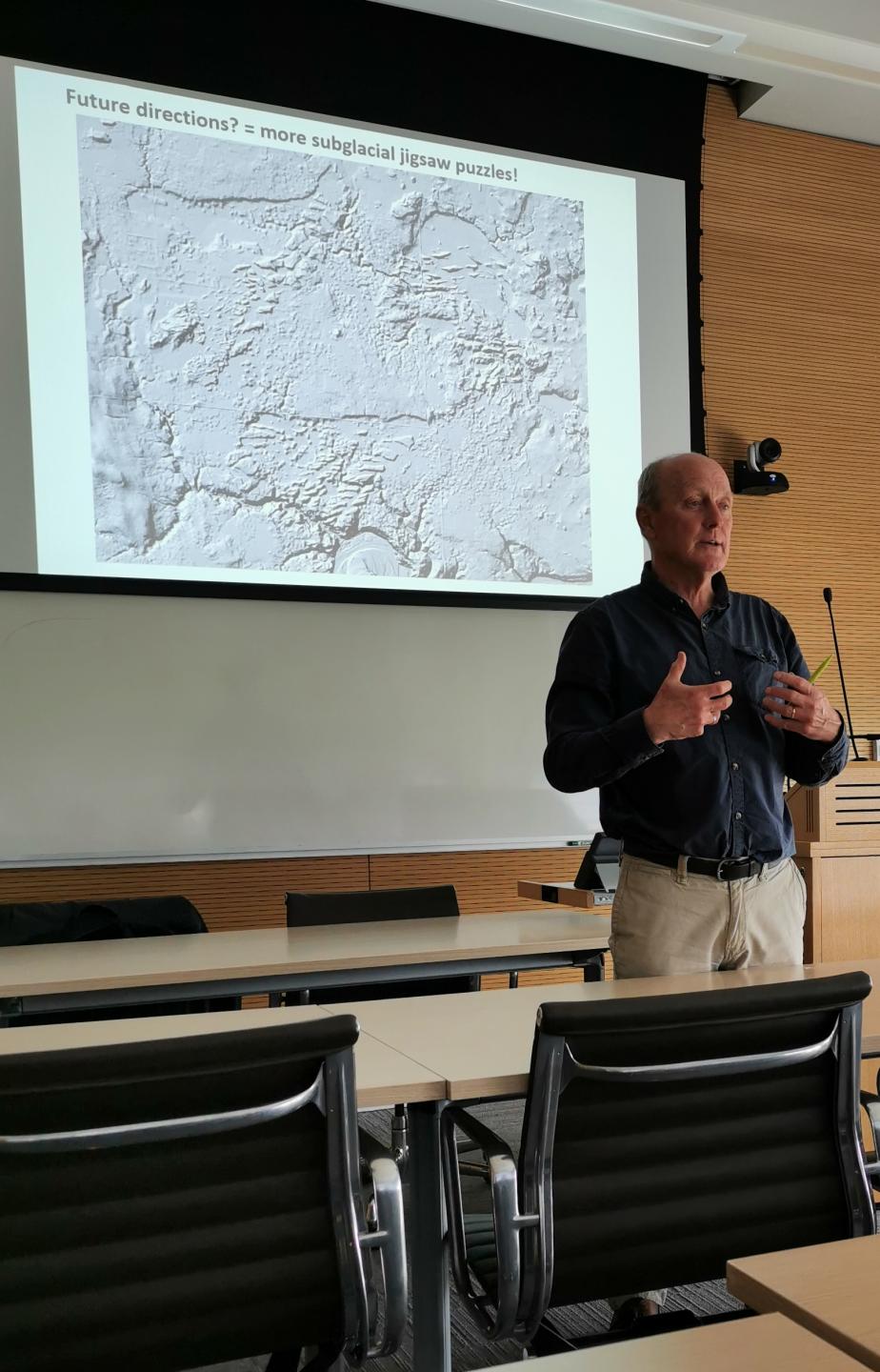 Subglacial environments – sediments and landscapes
A brief review of subglacial sedimentary processes using modern analogue till sites. It will then scale up to ice sheet beds focussing on the nature and architecture of subglacial deposits, using the British Irish Ice Sheet (BIIS) and SW Laurentide Ice Sheet (LIS) as case studies. From there it will look at the nature of ice sheet beds in areas where sediment is impoverished and ice-bedrock interactions dominate, again using BIIS and LIS examples from Carboniferous and Cretaceous bedrock terrain.
|
 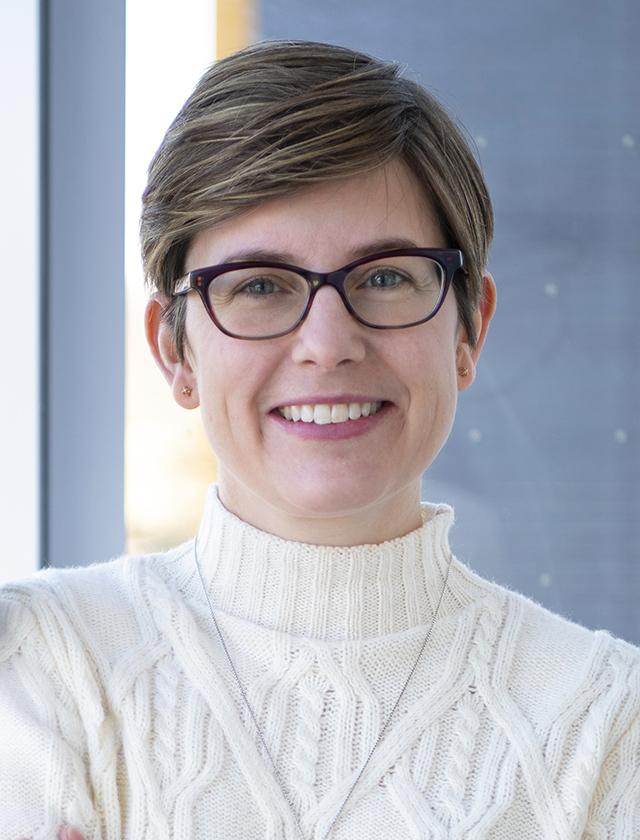 Information for students considering graduate school applications and/or summer employment with CRESS. November 26, 4pm, 2021. A Zoom event Hosted by Professors Julian Lowman and Karen Smith. From 4pm - 5pm on November the 26th, the Centre for Research in Earth System Science (CRESS) will be holding an online information session for students who are considering making an application for graduate studies in Earth Science, Environmental Science and Environmental Physics (including Geophysics, Oceanography and Atmospheric Physics). Information will also be available for students interested in applying to work with a faculty member, in the summer of 2022, as a paid research assistant.
Your questions about funding, applications, opportunities and expectations can be asked in a Zoom session attended by DPES Professors Karen Smith and Julian Lowman. Questions regarding applications to both University of Toronto Departments and other institutions are welcome. The link to the Zoom event has been mailed to all students registered in DPES programs and is also available by emailing a request to cress.utsc@utoronto.ca
|
 Stop! Hammer Time: Using Geophysics to Investigate the Rocks Below UTSC. |
 Walk the rocks: a short stroll through 3 billion years of Earth history |

